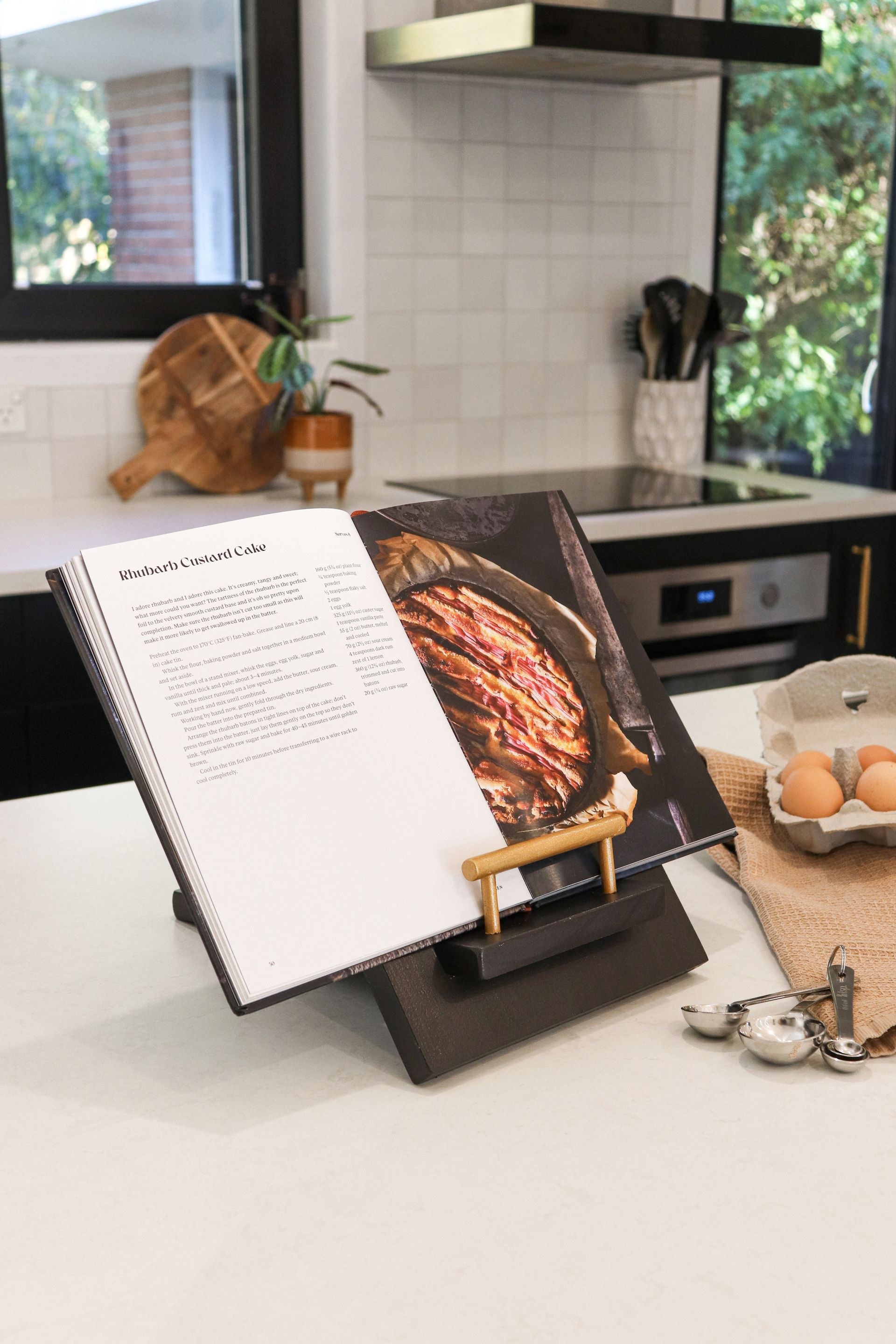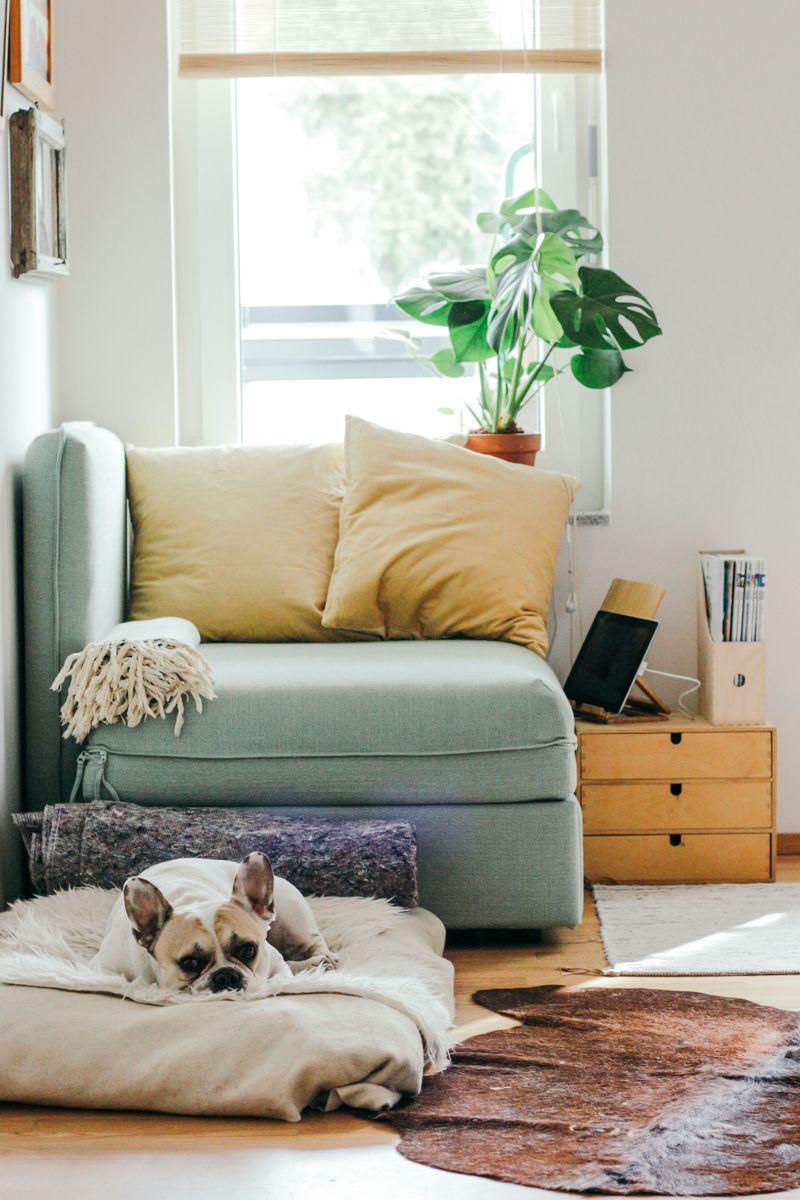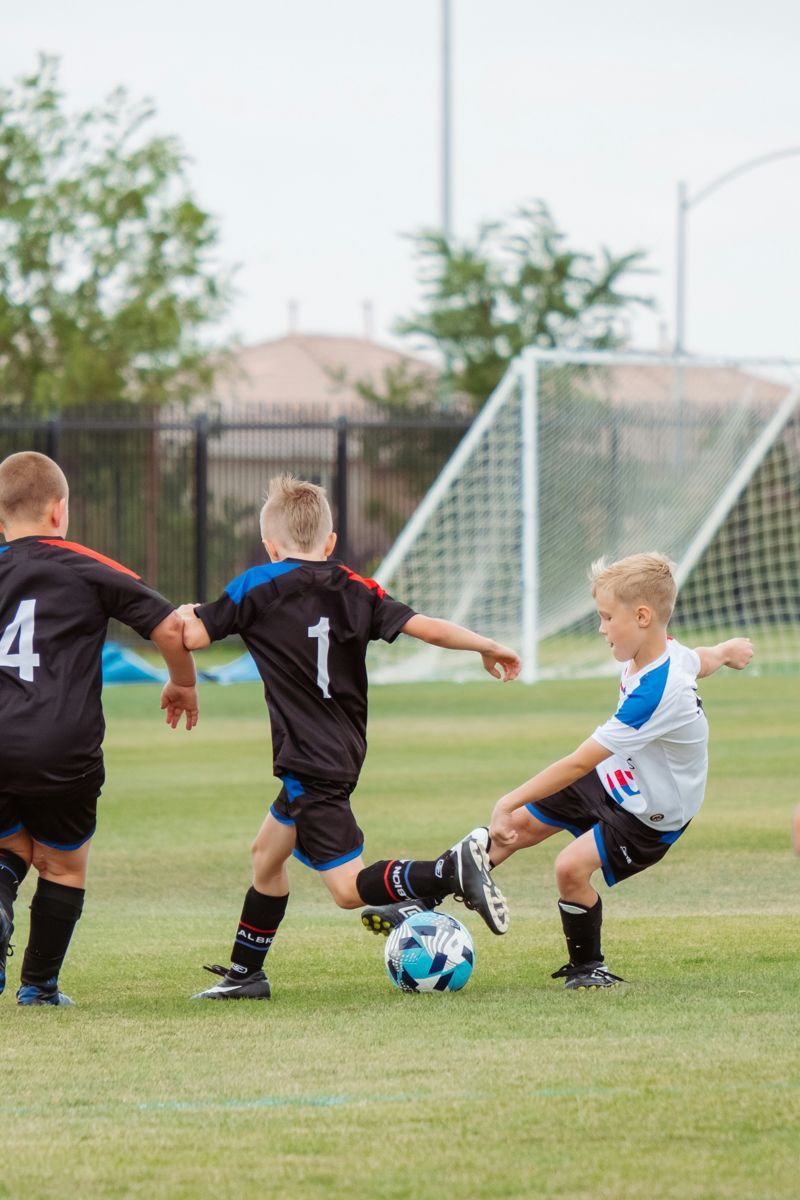High on the Port Hills above Christchurch is a place that offers hope to children and families in need of support, Te Ao Marama.
Taking the steep road up Glenelg Spur, I arrive at a flat plateau that once accommodated Glenelg Health Camp. The old camp building is long gone, lost to the earthquakes. In its place, in prime position higher up the hill, is a new purpose-built facility called Te Ao Marama – ‘the light of a new dawn’ – providing for tamariki and whānau in the greater Christchurch region.
Dr Elizabeth Gunn founded the children’s health camp movement in New Zealand a century ago to address problems of child malnutrition. The organisation has come a long way since and is today run as a charitable trust called Stand Tū Māia (Stand Children’s services Tū Māia Whānau). Working in partnership with Kahui Kaumatua, Stand Tū Māia offers a range of specialist services for traumatised children and families experiencing significant difficulties. Te Ao Marama is one of many children’s villages around the country providing wraparound therapeutic care and education services.
From Te Ao Marama, the outlook is spectacular. The bird’s-eye views alone must help lift the spirits of those who come here in search of a new start.
I arrive at reception, impressed by the atmosphere of warmth and welcome. This is a well-resourced facility with spacious offices and meeting rooms, an indoor heated swimming pool, a full gymnasium, open-plan teaching spaces, and comfortable accommodation for children (who either come during the day or can stay several weeks). Separate rooms are available on site for parents and caregivers, who take part in parenting programmes that run in parallel with the services for children.
The fundamental goal here is to break the cycle of harm by helping children and families recover from past trauma and reconnect with each other.
Making a big impression along the walls on the day of my visit are many colourful tiles, each made by a child. I pass by hearts, handprints, rainbows and butterflies on the way to my interview with Stand Tū Māia’s Regional Manager – Pou Toko Trevor Batin and Theraplay practitioner Dr Petria Thoresen.
‘The children who come here have experienced neglect, abuse and broken relationships,’ Trevor says. ‘We’re still seeing the fallout from the earthquakes and the mosque shootings and now Covid as well.’
Here, they find a way forward. Downstairs are children’s whare with thoughtfully designed sleeping pods. There is a large lounge for gathering together to read, play games or watch movies by arrangement. Mobile phones, iPads and TV are strictly off the menu but there’s a large adventure playground right outside. ‘It’s surprising how quickly the kids move on and start helping each other out and playing the old-fashioned way.’
At Te Ao Marama, a lot of work goes into building good relationships with families to provide a foundation for change. Understanding trauma underpins much of the therapeutic approach. There are children here who have been suspended from school for disruptive behaviour and children with soiling (encopresis) and bed wetting (enuresis) problems.
‘When we experience trauma, our brain gets interrupted in its developmental trajectory,’ Petria explains. ‘Traumatised children respond in rational and reasonable ways to irrational and unreasonable events. What we do is get alongside them, work with them and guide them so they can learn how to regulate their lives again and build relationships of trust.’
A typical day may start with breakfast and chores followed by karakia and waiata before ‘sunshine circles’, a type of structured playgroup ‘theraplay’ involving children and trusted adults. ‘It really helps to start the process of rebuilding and repairing relationships through promoting attachment,’ she says.
School activities are child-led and there are many opportunities for outdoor adventures, cultural and educational visits, music and drama.
Stand Tū Māia currently has a three to five month waiting list in Christchurch for its range of therapeutic services, available not just at Te Ao Marama, but also in home and school-based settings.
Help children and their families stand up and be strong. Donate at standforchildren.org.nz
Words & IMAGES Kim Newth
Recent stories






